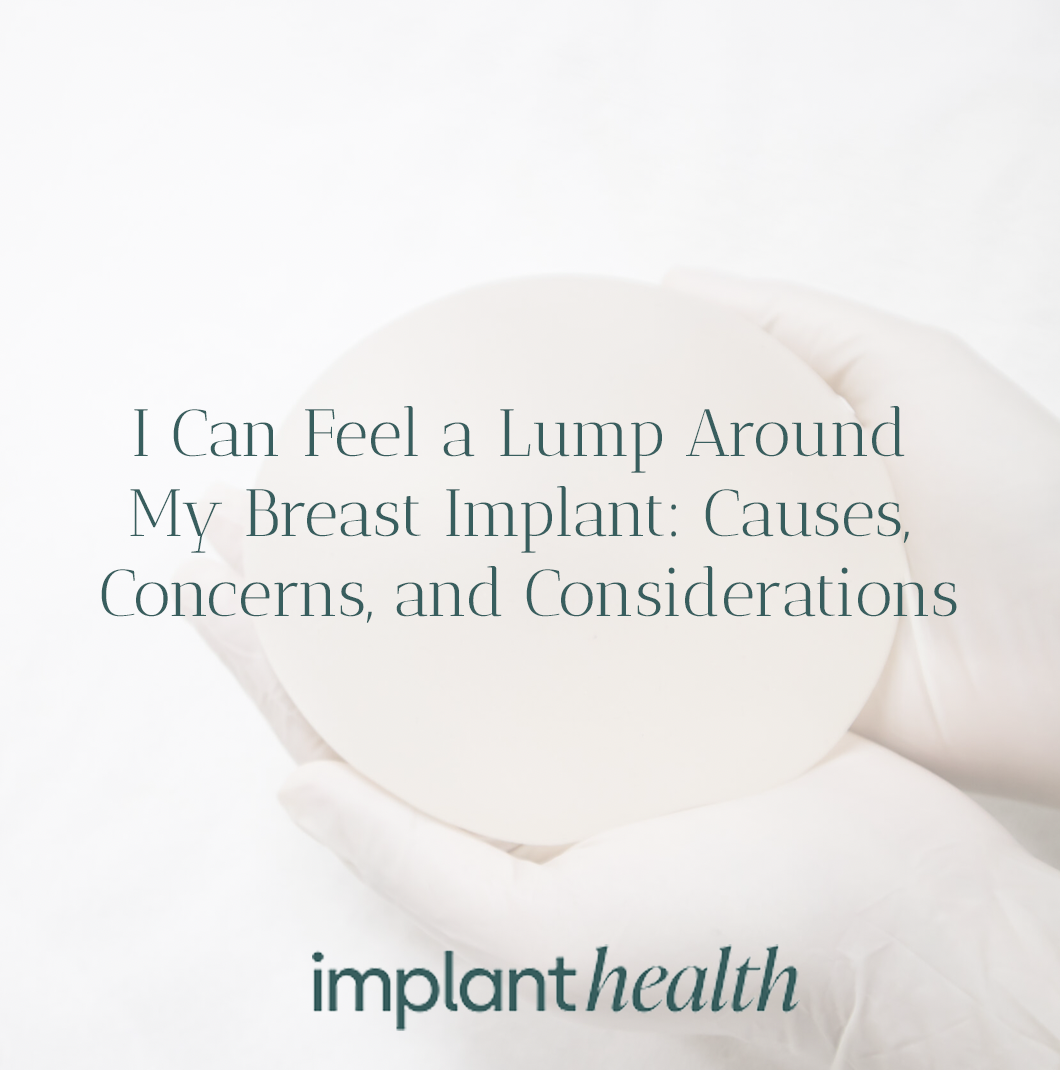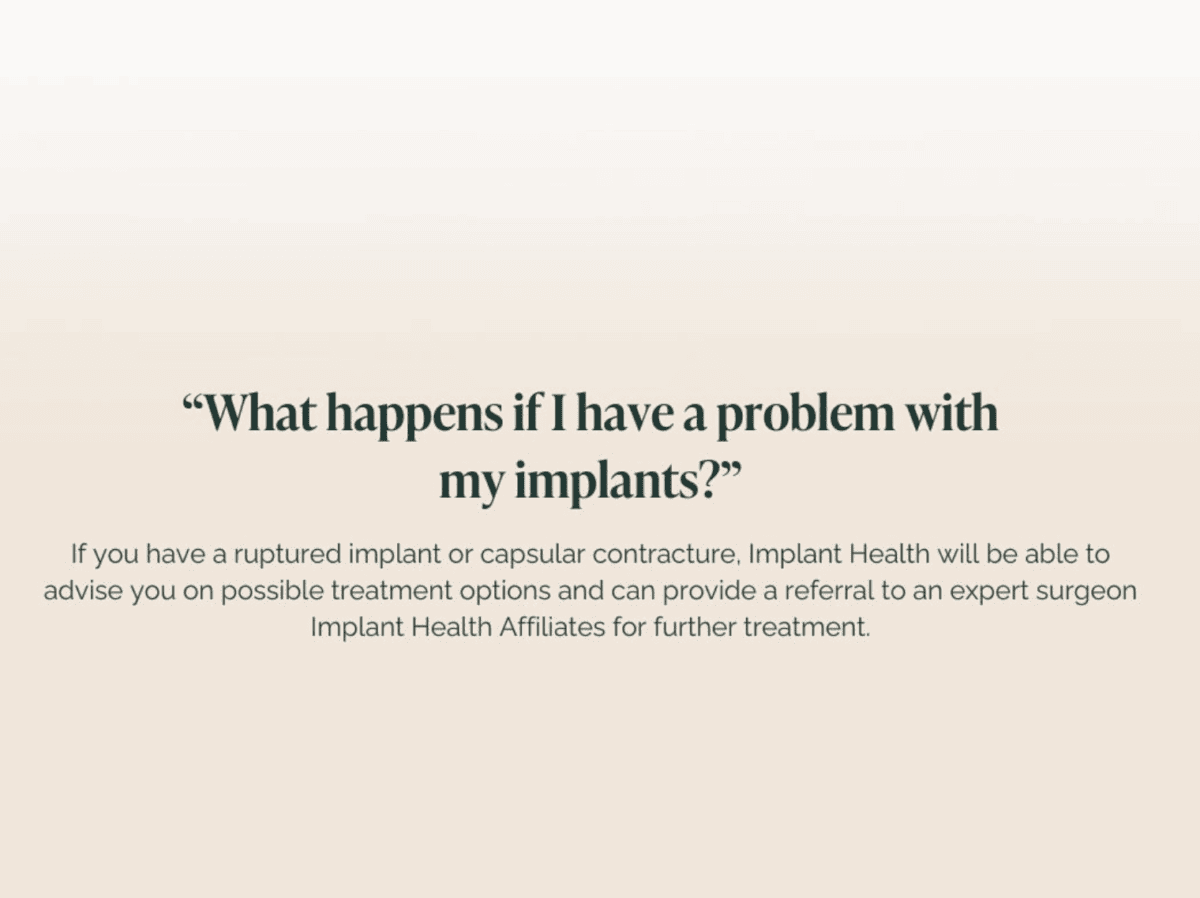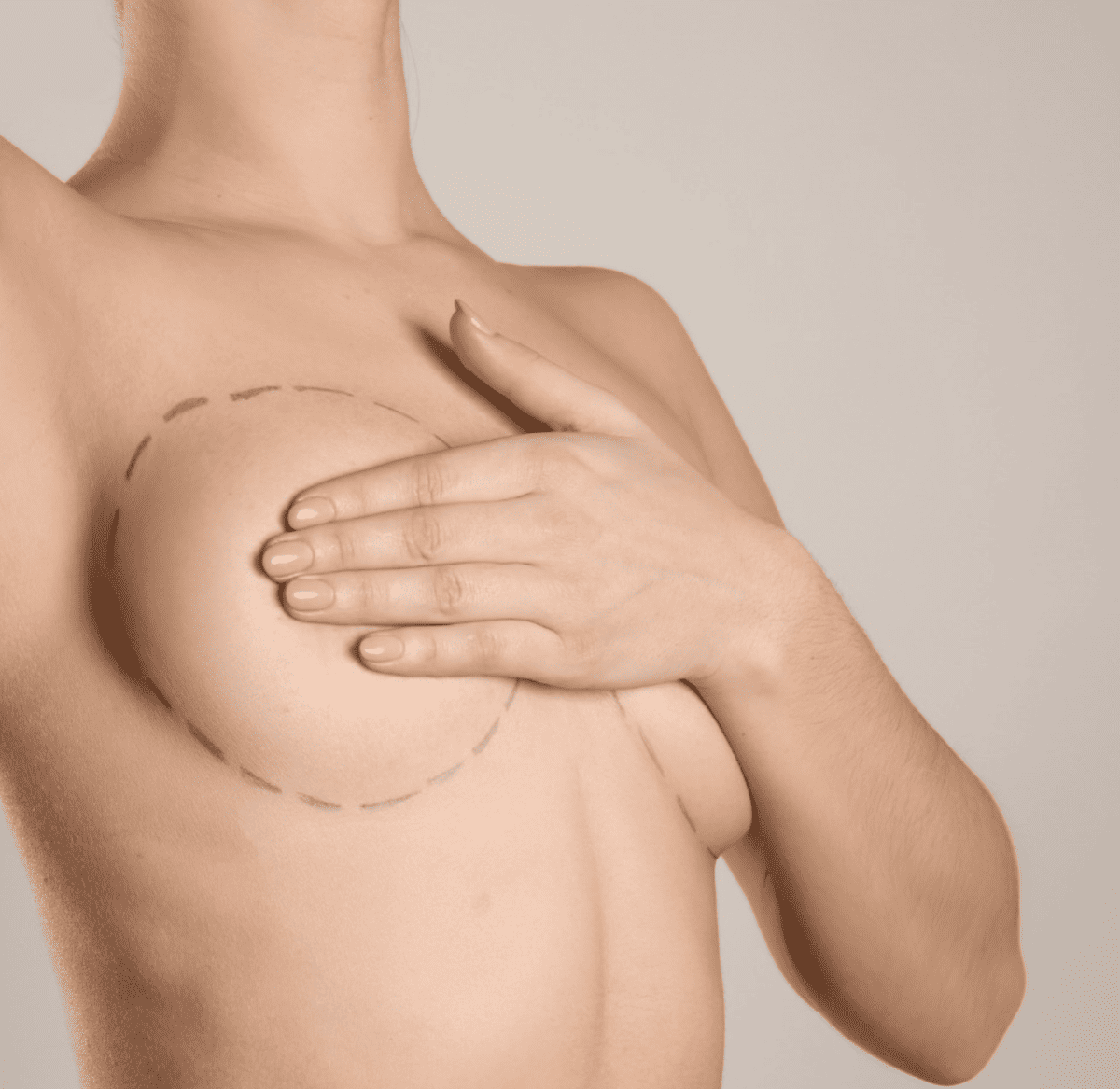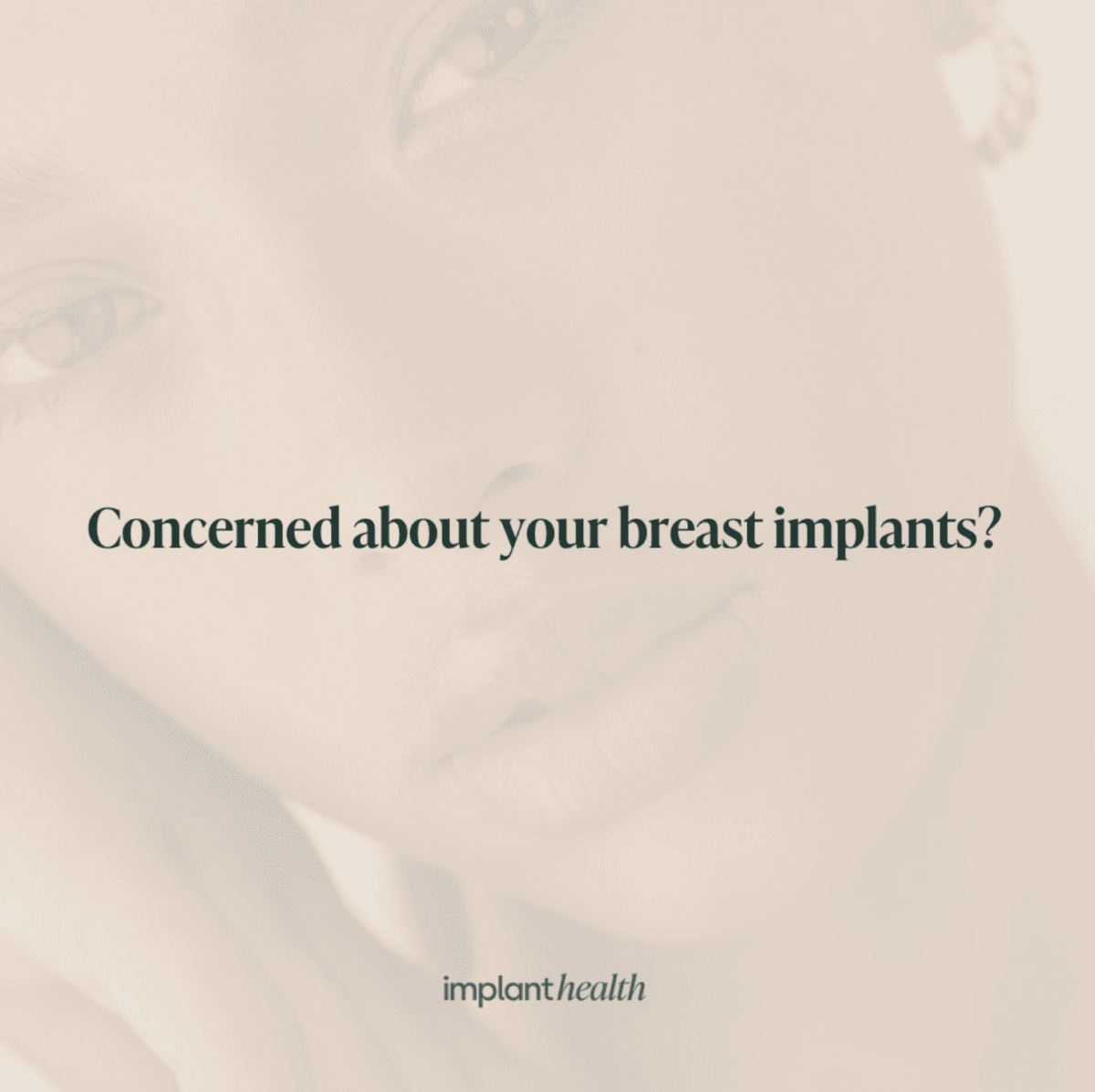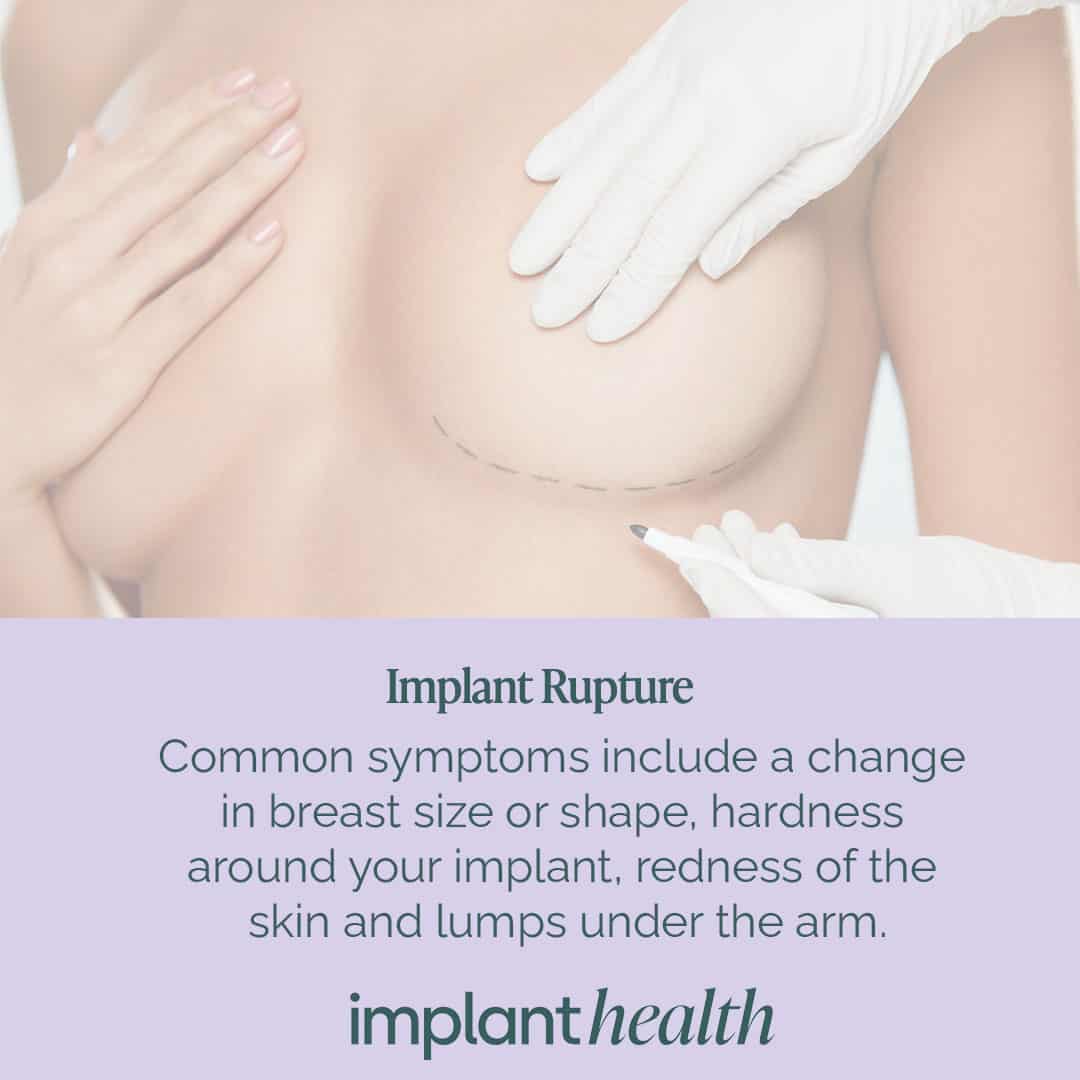I Can Feel a Lump Around My Breast Implant: Causes, Concerns, and Considerations
Detecting a lump around a breast implant can be an alarming discovery for women who have undergone breast augmentation. This blog post aims to shed light on the potential causes of such lumps, what to do if you notice them, and the best course of action to address your concerns.
Understanding Breast Augmentation
Breast augmentation is one of the most common cosmetic surgical procedures worldwide, with hundreds of thousands of women choosing to undergo this enhancement each year. It typically involves the use of saline or silicone gel implants to increase the size of the breasts, achieve a more balanced figure, or restore breast volume lost after weight reduction or pregnancy.
While the outcome is usually aesthetically pleasing, as with any medical procedure, breast augmentations carry potential risks and complications. Detecting a lump around an implant can lead to anxiety and uncertainty, and it’s crucial to address these concerns with a healthcare professional promptly.
Common Reasons for Lumps Around Breast Implants
There are several reasons why a woman might notice a lump around her breast implant. Some of the most common include:
1. Capsular Contracture
Capsular contracture occurs when the scar tissue, or ‘capsule,’ that forms around the implant tightens and squeezes the implant. This can cause the breast to feel firm and painful and may lead to the appearance of a lump, unevenness, or distortion of the breast shape.
2. Implant Rippling
Implant rippling refers to the visible and palpable rippling or wrinkling of an implant through the skin. This occurs when the implant is not completely covered by the breast tissue, leading to the sensation of a lump under the skin.
3. Cyst Formation
Cysts are fluid-filled sacs that can form around the implant, which might be felt as a lump during a self-examination. Cysts are generally benign, but they should be evaluated by a healthcare professional to rule out any potential issues.
4. Breast Implant Rupture
A breast implant rupture can occur in either a saline or silicone implant. If a saline implant ruptures, it will typically deflate quickly, while a silicone implant rupture might result in the sensation of a lump, changes in breast shape, or discomfort.
When to Worry and Seek Medical Help
Not all lumps around implants are causes for immediate concern, but some definitely should be.
1. Sudden Onset of Lump or Pain
If you experience a sudden onset of a lump or pain in the breast, it’s important to seek medical help immediately. This could be a sign of a complication such as implant rupture or infection that requires prompt attention.
2. Changes in the Breast
Any significant change in the appearance and feel of your breast, such as asymmetry or the development of new lumps, should be evaluated by a doctor.
3. Lumps That Persist or Grow
While some lumps might be benign and resolve on their own, any lump that does not go away or grows in size over time needs to be examined.
4. Redness or Warmth
The presence of redness or warmth in the area of the lump could be indicative of an underlying infection that requires medical management.
Steps to Take When You Find a Lump
If you detect a lump around your breast implant, there are several steps you should follow:
1. Perform a Self-Exam
Conduct a thorough self-examination to identify the characteristics of the lump, including its size, shape, and whether it’s mobile or attached to the skin or chest wall.
2. Schedule an Appointment With Your Surgeon
Contact your breast augmentation surgeon to schedule an appointment. They are familiar with your medical history and the specifics of your procedure and will be well-equipped to evaluate the cause of the lump.
3. Follow Your Surgeon’s Instructions
Your surgeon may recommend additional diagnostic tests, such as an ultrasound or MRI, to assess the lump and its impact on the implant.
4. Consider Breast Implant Revision Surgery
In cases where the lump is due to a complication such as capsular contracture or implant rupture, your surgeon may recommend revision surgery to correct the issue.
Long-Term Maintenance and Considerations
To minimize the risk of complications, women with breast implants should have breast implant health check-ups. Implant Health are a specialist breast implant clinic that can check your implants.
Final Thoughts: Taking Action for Peace of Mind
Any changes in your body, including the sensation of a lump around a breast implant, can be distressing. Trust your instincts and take action to address the issue. Whether the lump is benign or symptomatic of a more significant complication, prompt evaluation and care will provide peace of mind and guide you toward the best course of action.
Breast implants should enhance your confidence and well-being, and with the right monitoring and care, most women can enjoy their benefits for years. If you’re ever in doubt about a new sensation or change in your breast tissue, reaching out to your healthcare provider is always the prudent choice. Remember, your health is your most precious asset — treat it with the attention and respect it deserves.
